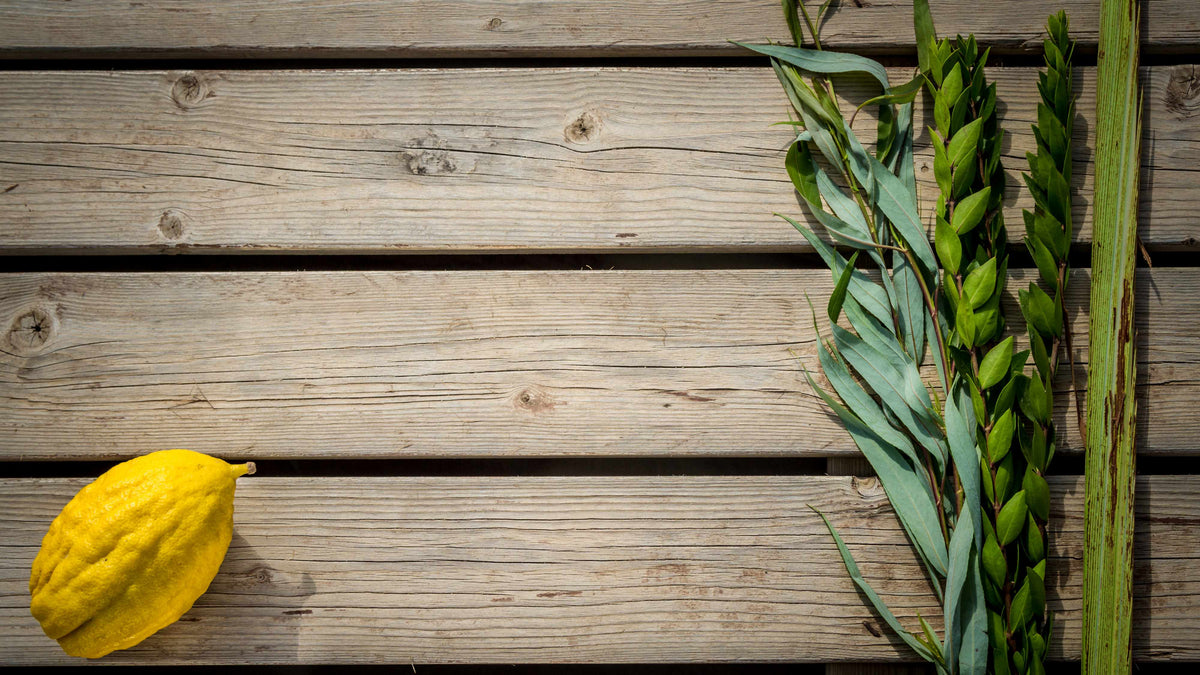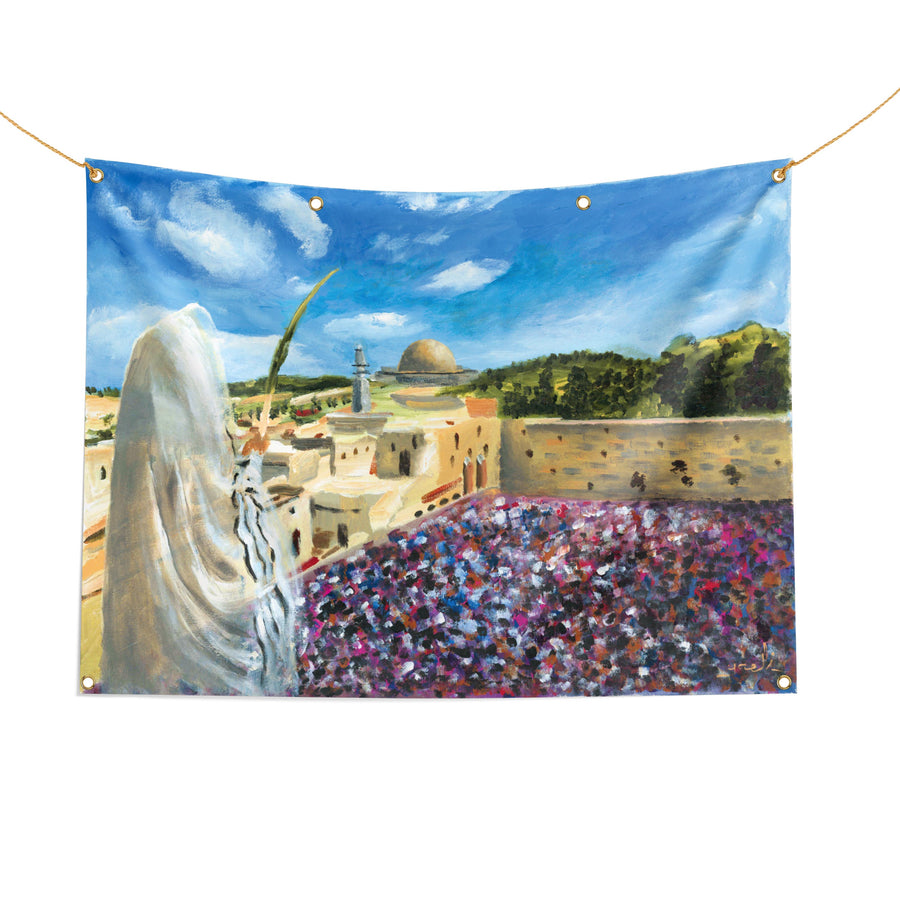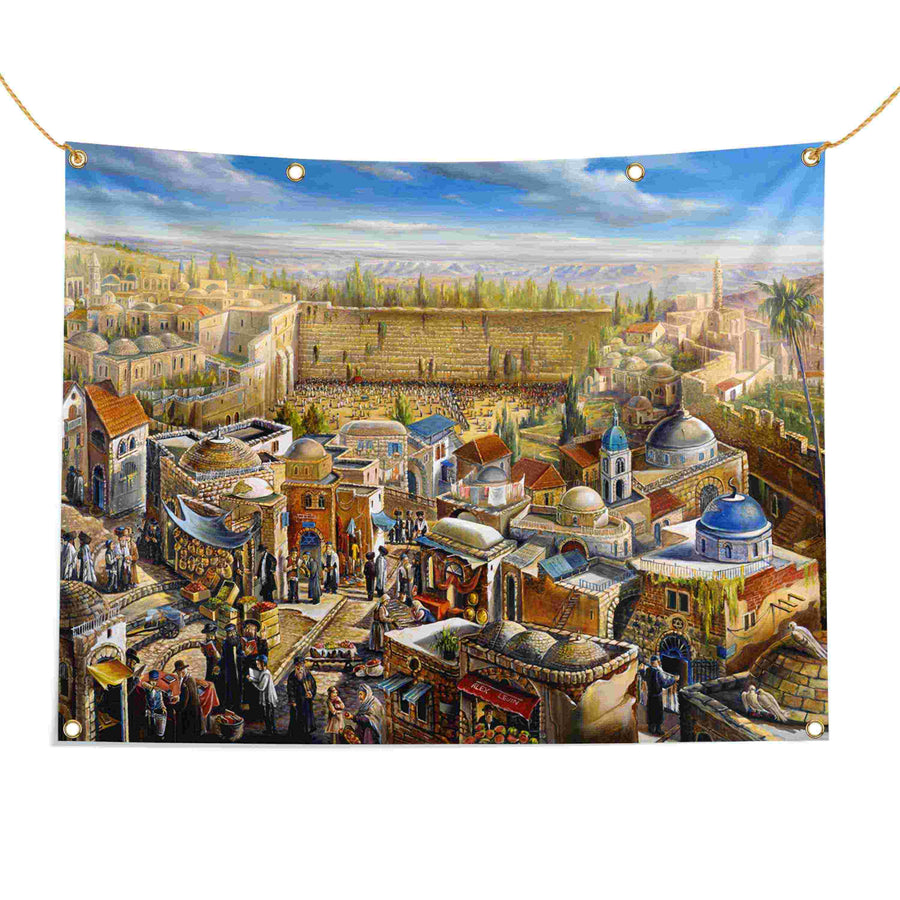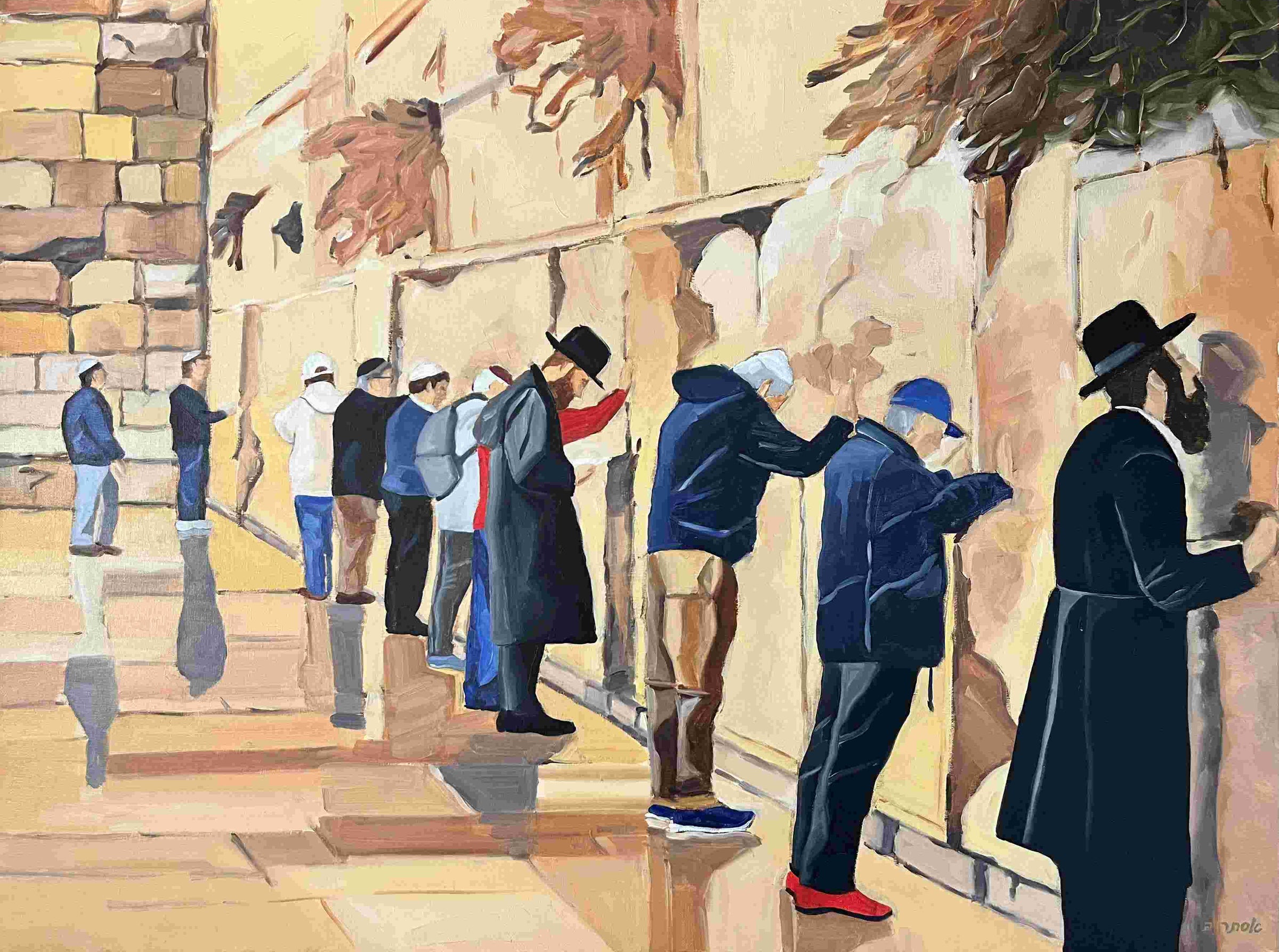

Table of content
Meet the etrog (אֶתְרוֹג, also known as “esrog"), the celebrity of the citrus world that makes its grand appearance every Sukkot . This yellow (or lime-green) gem isn't just a pretty face; it's one of the Four Species that Jews shake, wave, and adore during the week-long holiday of Sukkot. Think of the etrog as the fruit world's VIP, joining forces with the lulav (palm frond), three hadassim (myrtles), and two aravot (willows) to fulfill a mitzvah and bring some serious holiday cheer while you’re at it ( except on Shabbat , when it gets a well-deserved day off). Here’s what you need to know:
The Etrog's Origin Story
Not all etrogs are created equal. Today’s etrog connoisseurs can choose from a variety of origins. There are the rugged, sun-kissed etrogs of Yemen, the proud and bountiful Israeli etrogs , and the much-loved etrogs from Calabria, Italy. The Calabrian etrog, however, has a unique twist – it often matures without the distinctive pitam (a small protrusion extending from the tip).
For the average etrog, the pitam is a defining feature, and having it broken off would render them unkosher , but many etrogs naturally shed their pitam while still on the tree. So before you get ready to bubble wrap your etrog and hire a security guard, if the pitam falls off naturally before harvesting, this etrog remains fully kosher .
“But that’s just one of the Four Species, what about the other three? ” you enthusiastically wonder, pouring that second glass of Kedem. Dive into our handy guide on “ How to Buy Kosher Four Species. ”
The Hadar Fruit – What's in a Name?
The Torah calls the etrog a פרי עץ הדר – pri etz hadar, or "the fruit of a tree which is hadar." But what on earth is “hadar?” Here’s where it gets fun.
Since the days of Moses, everyone knew it was the etrog . No confusion there! But scholars still love to debate, so let’s dive into some of the classical interpretations as to what this pri etz hadar is:
The Beauty Queen: Ibn Ezra claims that “ hadar ” means “beautiful,” and since the etrog is the supermodel of fruits, it was clearly a shoo-in for the title.
The Ancient Linguist: Nachmanides suggests that “ hadar ” is just ancient Hebrew for “etrog,” making the Torah verse a straightforward instruction to grab this citrus star.
The Talmud's Take on the Etrog
The sages of the Talmud, always ready for some good ol’ philosophizing, came up with several intriguing explanations:
The Taste Test: The Talmud points out that “fruit of a tree” could mean a tree whose wood tastes like its fruit. Yes, you guessed it – the etrog tree!
Sheep Pen Theory: Rabbi Judah the Prince compares “ hadar ” to “ hadir ” (sheep pen). Just as a pen has animals of all ages, an etrog tree boasts fruits at all stages of growth. Imagine a tree where baby etrogs and grandpa etrogs hang out together!
The Resident Fruit: Rabbi Abahu suggests “ hadar ” means “the resident,” nodding to the etrog’s long stay on its tree. This fruit is in no rush to leave home.
Water-Lover: Ben Azzai connects “ hadar ” to the Greek “ hydor ” (water), hinting that the etrog tree is a thirsty little guy, needing more water than its fellow fruit trees.
Despite all these scholarly musings, we've known since the Torah's debut that the etrog is our Sukkot citrus star. So next time you pick up an etrog, remember: it's not just a fruit; it's a holiday hero with a rich, flavorful history!












